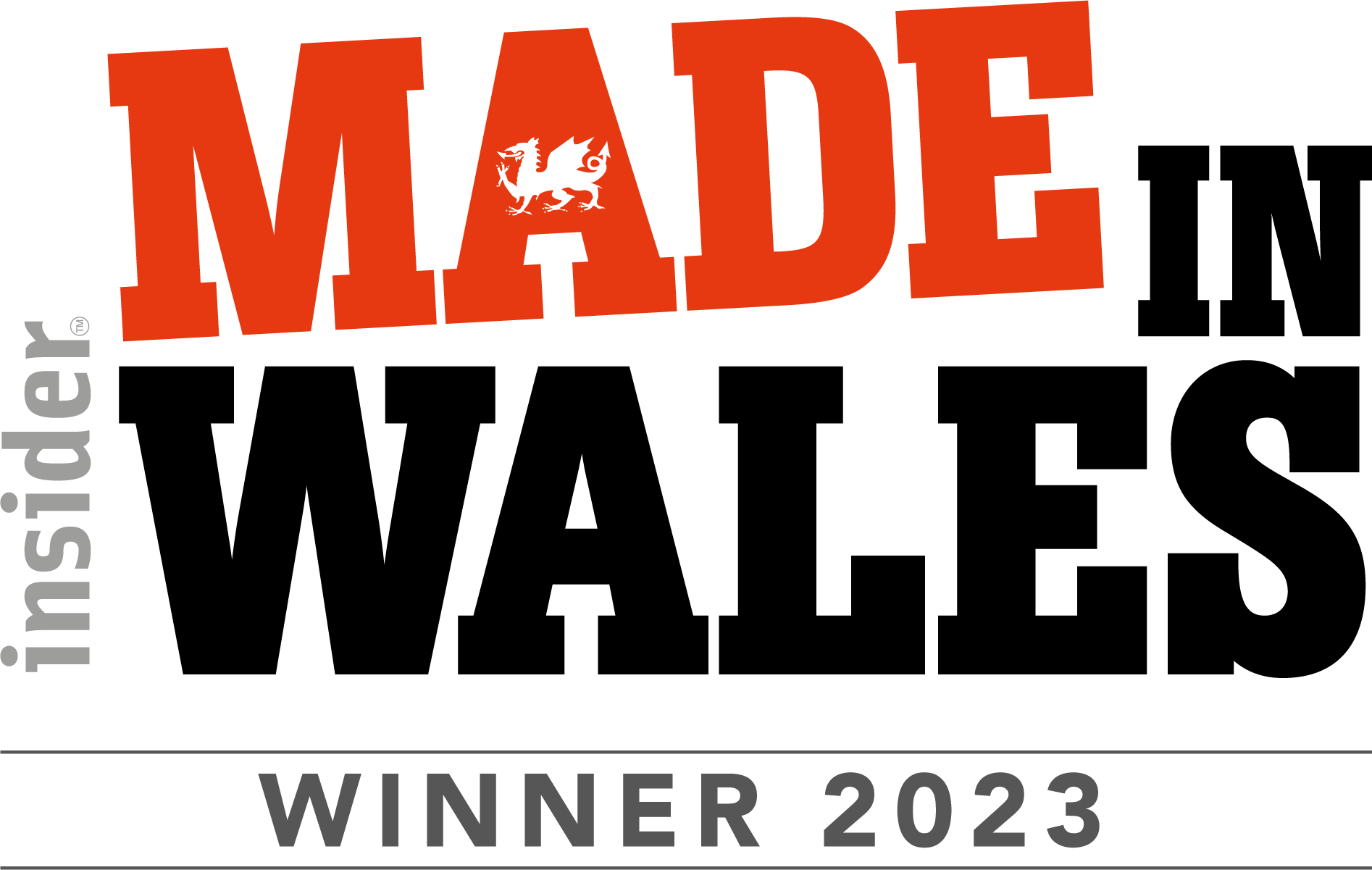


As you may have already noticed, all puppies grow over time. Rapid growth rates can stress the developing bones and joints of your pup, which in turn can result in skeletal abnormalities and cause potential joint complications later in life.
The explanation behind this is simple – bones that grow too quickly don’t have enough time to reach their optimal density, which makes the skeleton and joints of your dog weaker. What’s more, large and giant breeds are more genetically predisposed to experience rapid growth, which makes them more susceptible to developmental joint disease.
Large breed puppies have an average growth period of 12 to 18 months and don’t reach maturity until 18 to 24 months, which is much later than smaller breeds! It’s important to remember that while yes, genetics play a big part in this, so do environmental and nutritional factors. And while your pup’s genetics may be out of your control, you can control their diet and environment.
Once your puppy has been vaccinated, it’s time to go out and explore the world together! We know this is an exciting time for both you and your pup, but we recommend taking extra care when it comes to exercising your young furry friend. Too much high impact exercise such as ball chasing and rough play with other dogs can have a detrimental effect on the developing joints of your large puppy.
Your home environment can also pose hidden risks. Falls can seriously impact on how your puppy’s bones and joints develop, so watch out for slippery floors. Putting down mats is a great way to avoid this and alleviates the pressure on their young joints.
If you want to reduce the risk further, we suggest restricting your pup’s access to stairs and furniture. After all, running up and down stairs, as well as continuous jumping on and off the sofa can impact the development of your young pup’s joints.
Large and giant breeds are prone to developmental joint diseases such as Hip Dysplasia. If you do have any concerns such as intermittent lameness or off balance, we advise you speak to your vet.
The adult size of your puppy is determined by its breeding, but how long it takes to reach this size can be affected by nutrition. Feeding your pooch the right foods in the right amounts, as recommended by our nutritionists, is essential if you want to ensure they’re growing at the proper rate. Large and giant breed puppies that grow at a slow and steady rate are less likely to develop developmental joint disease.
Just because you have a large breed pup, doesn’t mean yours has to be the biggest! This is not in the best interest of your pup, due to the joint issue listed above. Having a diet with controlled levels of protein and fat is essential for your dog’s health.
![]() “All pups are unique and develop at different rates, even pups within the same litter will vary. It isn’t a competition for the biggest large breed dog, your puppy’s optimum health should be priority”
“All pups are unique and develop at different rates, even pups within the same litter will vary. It isn’t a competition for the biggest large breed dog, your puppy’s optimum health should be priority”![]()
Kirstie Jones – Burns Nutritional advisor
If you spot anything out of the ordinary, our nutritionists are here to help with FREE advice!







